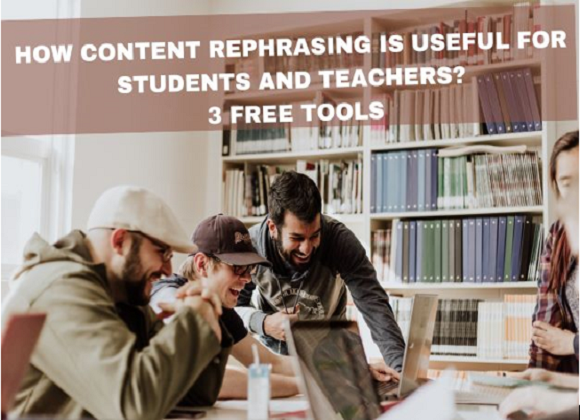Courses
Grow skills with quality courses
The National Policy on Education 1986, and the Programme of Action 1992 emphasized that Minimum Levels of Learning MLLs) should be laid down and children’s learning should be periodically assessed to keep a track of their progress towards ensuring that “all children acquire at least the minimum levels of learning”.
Now the question that arises here is what are these minimum learning levels and how should these be defined. For this, the Learning outcomes were introduced as a part of the curriculum designed for each section.
What are the learning outcomes?
Learning Outcomes are assessment standards indicating the expected levels of learning that children should achieve for that class. These outcomes can be used as checkpoints to assess learning at different points in time. In simpler terms learning outcomes focus on what the student should know and realistically be able to do by the end of an assignment, activity, class, or course.
The learning outcomes help teachers to understand the learning levels of children in their respective classes individually as well as collectively. Learning outcomes should be the point of reference for conducting achievement surveys. Hence it is necessary that the defined Learning Outcomes are also shared with parents and the community at large.
The expected learning outcomes have been developed class-wise (from classes I to VIII) for subjects such as Environmental Studies, Science, Mathematics, Social Sciences, Hindi, English, and Urdu to help all stakeholders make their efforts; in the right direction to ensure learning among students, and help provide quality education.
Good learning outcomes emphasize the application and integration of knowledge, instead of focusing on coverage of material.
How to achieve class-appropriate learning outcomes with high inclusiveness?
“Pedagogical Process and Assessment” are the key component of learning outcomes. The pedagogical process defines the activities and methods to attain learning outcomes and Assessment helps in evaluating a student's understanding to check the attainment of learning outcomes.
Here are some suggested steps that can be followed by teachers to achieve the desired outcomes:
Step 1. Teachers should be familiar with the curricular expectations that define what will be taught and what students will do in a program of study
Step 2. Teachers should have an understanding of not only Subject Matter but also about the Learner’s Behaviour
Step 3. Teachers should be aware of the pedagogical processes and their associated learning outcomes
Step 4. Designing of lesson plan with specific learning objectives by keeping in mind the diversity of learners in a class by effectively using TLMs, activities, games, teaching strategies, etc.
Step 5. Effective and engaging implementation of the lesson plans in the classroom
Step 6. Regular check-in activities or assessments to monitor the achievement of learning outcomes
In order to support the students to achieve desired learning outcomes, it is important to provide them with opportunities where they can apply their knowledge and skills. Constant feedback and observation will definitely help students in gradually improving their skills.
Access to NCERT Learning Outcomes Document:
https://gurushala.co/ed-tech/MjMw/detail
About the author
Comments
Recommended by Gurushala

Technology & Innovation
-By Valentina MilanovaHow Content Rephrasing is Useful for Students and Teachers? 3 Free Tools

Stories of Indian Classrooms
-By GurushalaOn the course of continuous learning- An inspiring teacher story from Pune
Related Articles
